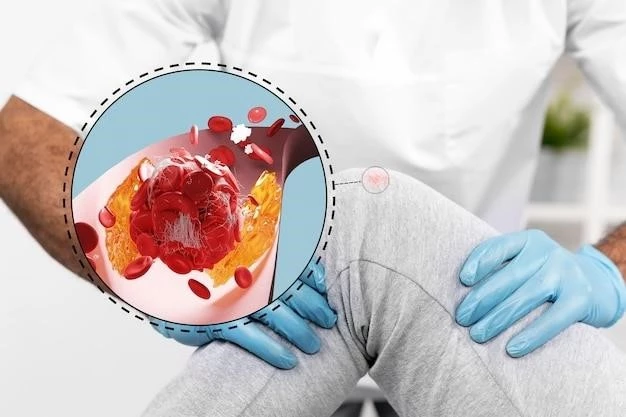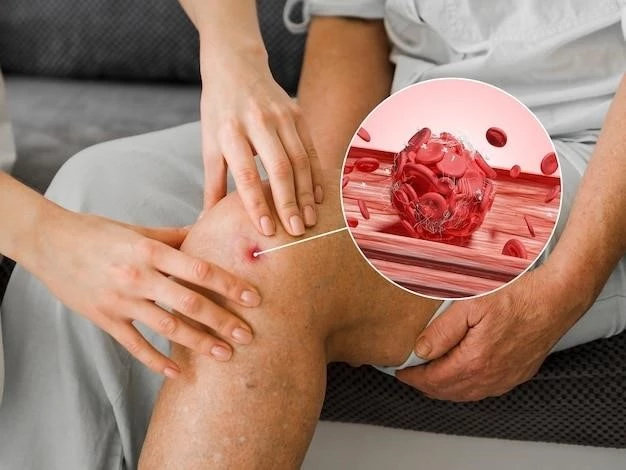Understanding Cicatricial Pemphigoid
Understanding Cicatricial Pemphigoid involves recognizing its causes, symptoms, diagnosis, treatment, and comparing it with Bullous Pemphigoid.
Causes of Cicatricial Pemphigoid
Cicatricial Pemphigoid is an autoimmune condition where the immune system mistakenly attacks proteins in the skin and mucous membranes. The exact cause is not fully understood, but it is believed to involve a combination of genetic predisposition, environmental factors, and immune system dysfunction. Certain medications and infections may also trigger the onset of Cicatricial Pemphigoid in susceptible individuals. Research is ongoing to unravel the complexities of its development.
Recognizing Cicatricial Pemphigoid
Recognizing Cicatricial Pemphigoid involves understanding its distinct clinical features and potential complications.
Symptoms of Cicatricial Pemphigoid
Symptoms of Cicatricial Pemphigoid typically manifest as blisters or erosions on mucous membranes and skin. Common areas affected include the mouth, throat, eyes, and genitalia. Pain, itching, and scarring may occur. In severe cases, complications such as vision impairment or difficulty eating may arise. Early recognition of these symptoms is crucial for timely diagnosis and management.
Diagnosis and Management of Cicatricial Pemphigoid
Accurate diagnosis and effective management are crucial aspects in addressing Cicatricial Pemphigoid.
Diagnosis of Cicatricial Pemphigoid
Diagnosing Cicatricial Pemphigoid typically involves a thorough physical examination, skin biopsies, blood tests, and immunofluorescence studies to detect antibodies attacking skin proteins. Additionally, imaging tests like endoscopy may be used to assess internal mucous membrane involvement. A multidisciplinary approach involving dermatologists, oral medicine specialists, and ophthalmologists is often necessary for an accurate diagnosis.
Treatment of Cicatricial Pemphigoid
Treatment of Cicatricial Pemphigoid aims to suppress the immune response and manage symptoms. This usually involves systemic corticosteroids, immunosuppressive medications, and sometimes intravenous immunoglobulins. Topical treatments and oral mucosal care are also utilized to address mucous membrane involvement. Regular monitoring by healthcare professionals is essential to adjust treatment as needed and minimize potential side effects of long-term therapy.

Comparison with Bullous Pemphigoid
Exploring the distinctions between Cicatricial Pemphigoid and Bullous Pemphigoid aids in accurate diagnosis and treatment.
Cicatricial Pemphigoid vs Bullous Pemphigoid
Cicatricial Pemphigoid and Bullous Pemphigoid, both autoimmune blistering skin diseases, differ in their target antigens and affected areas. While Bullous Pemphigoid primarily involves the skin, Cicatricial Pemphigoid predominantly affects mucous membranes. The distinct sites of involvement, diagnostic tests, and response to treatment differentiate these conditions, necessitating precise identification for appropriate management strategies.
Living with Cicatricial Pemphigoid
Adapting to life with Cicatricial Pemphigoid requires ongoing medical care, symptom management, and psychological support.
Management of Cicatricial Pemphigoid
Effective management of Cicatricial Pemphigoid involves a multidisciplinary approach with dermatologists, oral specialists, and ophthalmologists. Treatment aims to suppress the immune response, alleviate symptoms, prevent scarring, and maintain quality of life. Patients must adhere to prescribed medications, attend regular follow-up appointments, practice good oral hygiene, and seek prompt medical attention for any worsening symptoms. Additionally, emotional support and counseling can be beneficial in coping with the challenges of living with this chronic condition.
Complications of Cicatricial Pemphigoid
Complications of Cicatricial Pemphigoid may include vision loss due to ocular involvement, difficulty swallowing from esophageal scarring, and impaired oral hygiene leading to tooth loss. Recurrent blistering and scarring can result in significant discomfort and disfigurement, affecting quality of life. Early detection, diligent treatment, and regular monitoring are essential to prevent severe complications and manage the impact of this chronic autoimmune disease.
Research Updates on Cicatricial Pemphigoid
Ongoing research on Cicatricial Pemphigoid focuses on identifying novel therapeutic targets, improving diagnostic tools, and unraveling the underlying mechanisms of the disease. Advancements in understanding disease pathogenesis, exploring new treatment modalities, and enhancing patient outcomes are at the forefront of current investigations. Clinical trials and collaborative studies contribute to expanding knowledge and may pave the way for more effective management strategies in the future.
